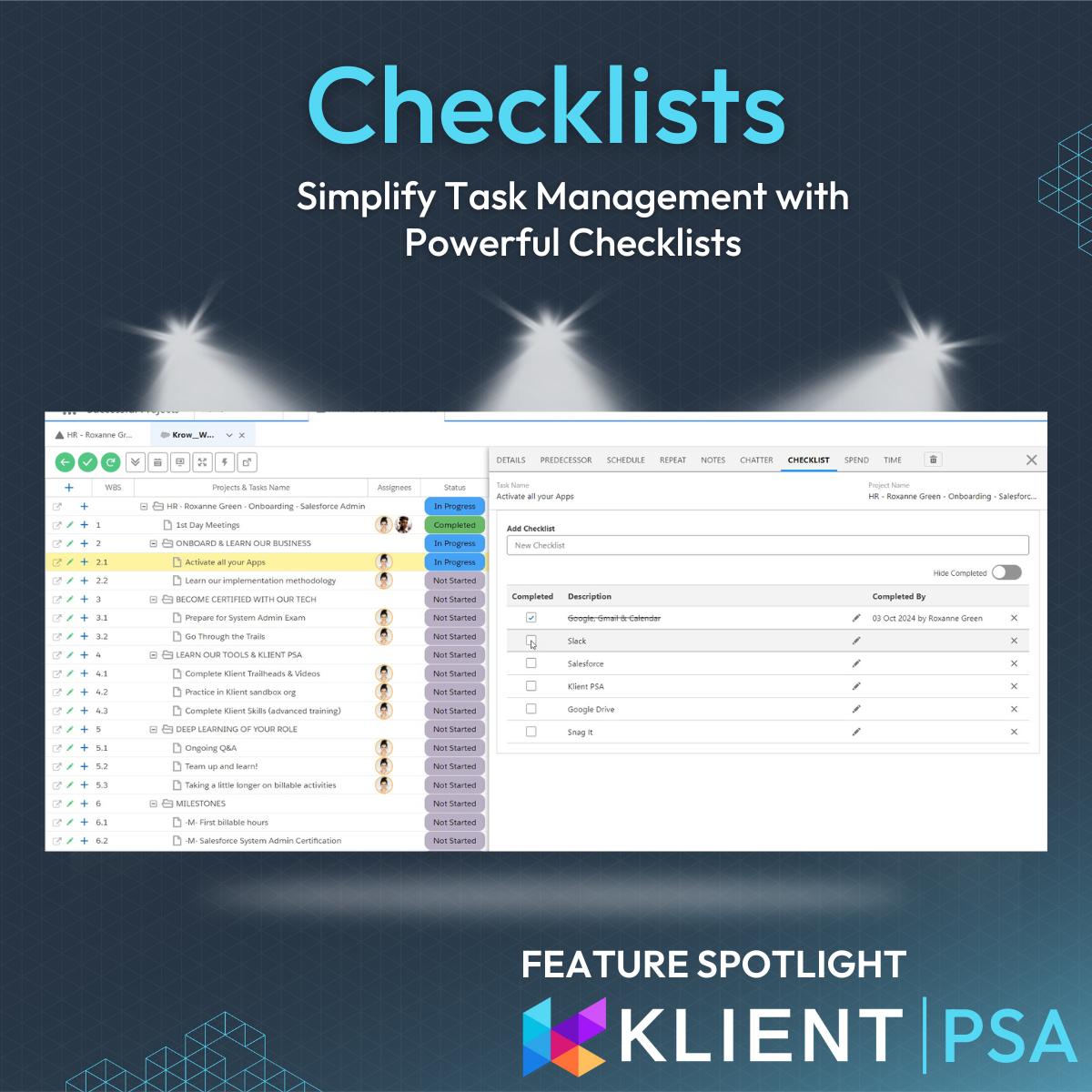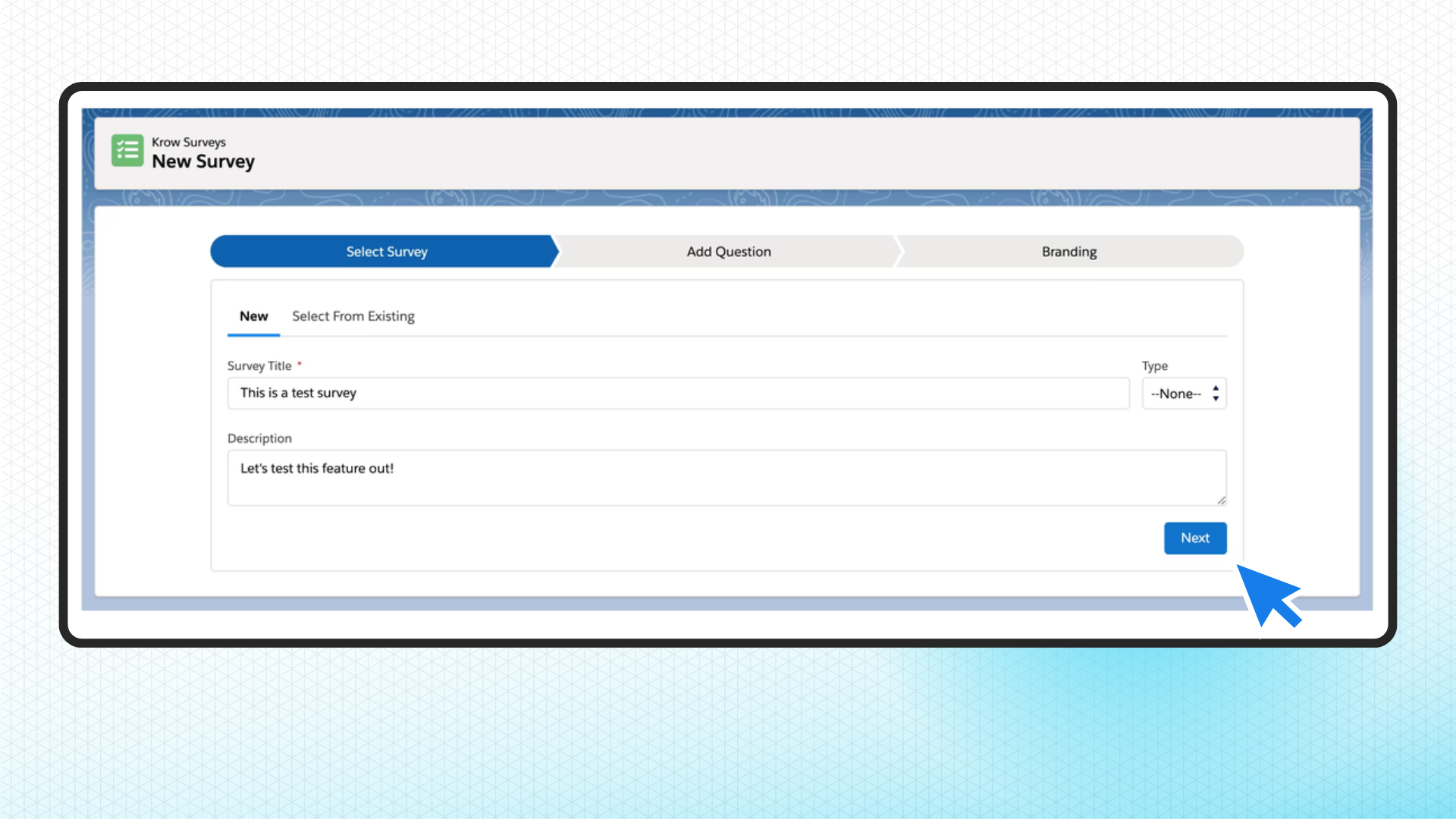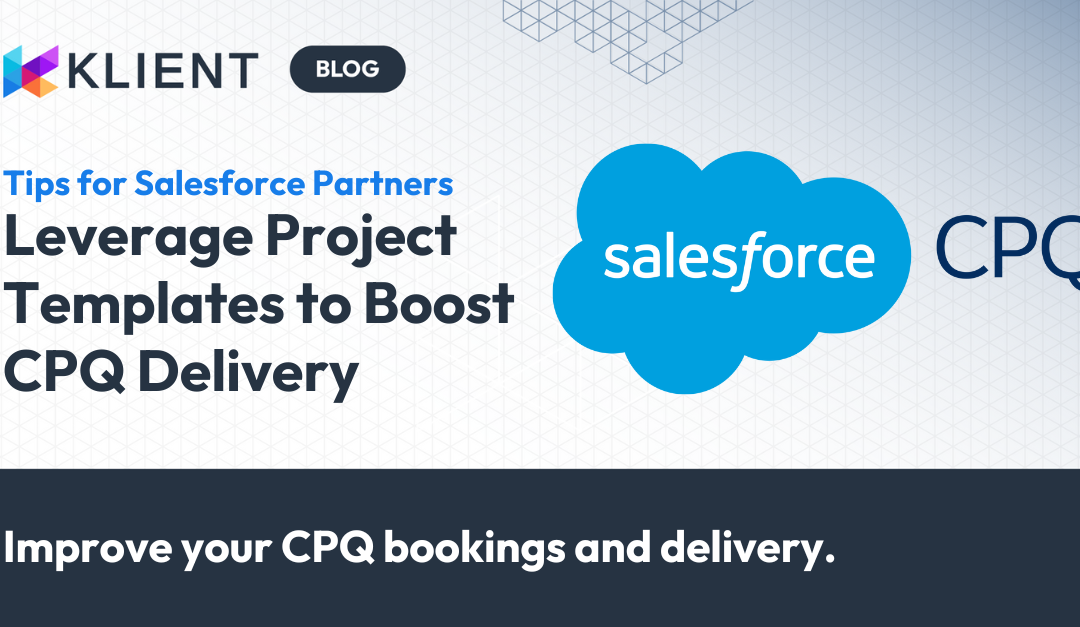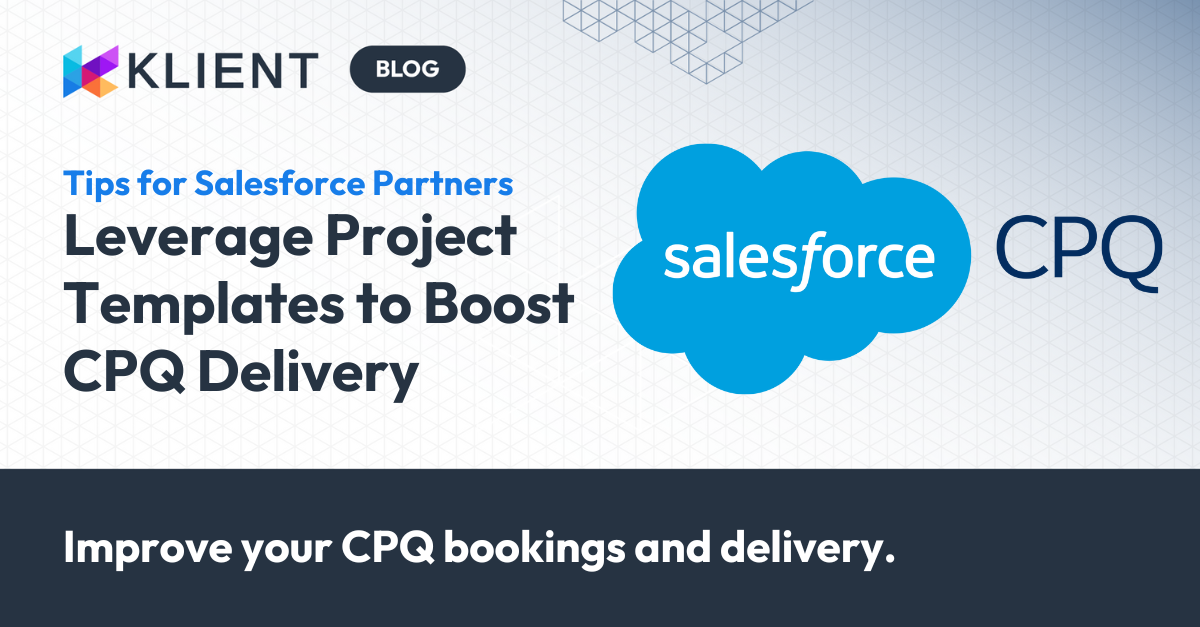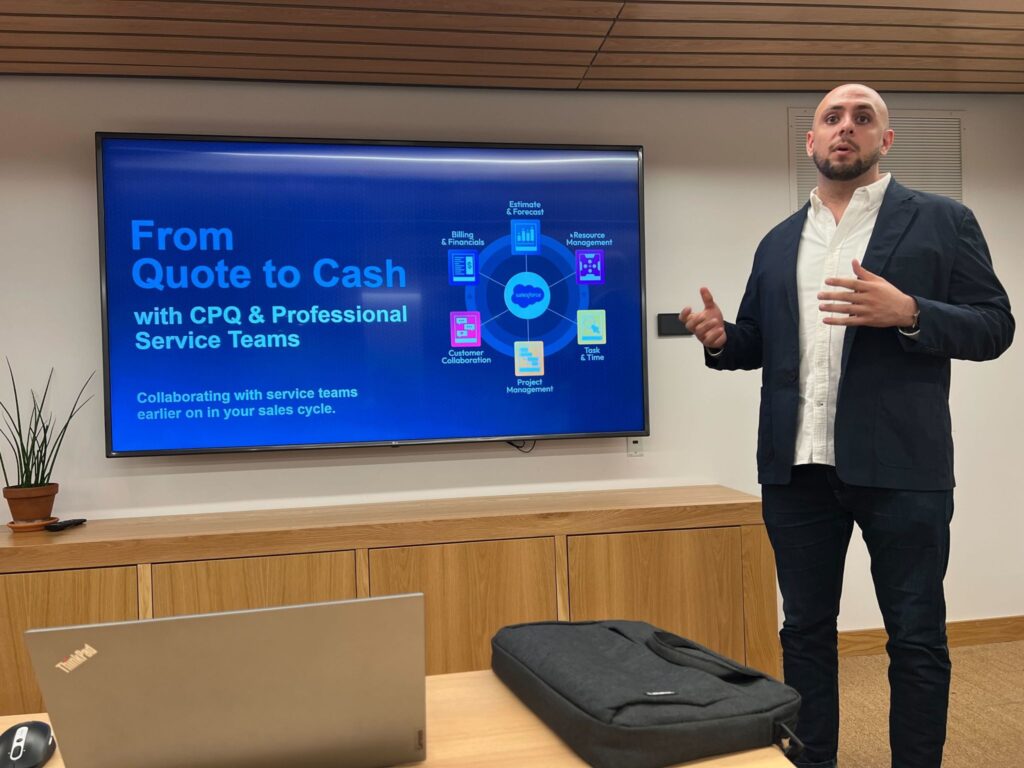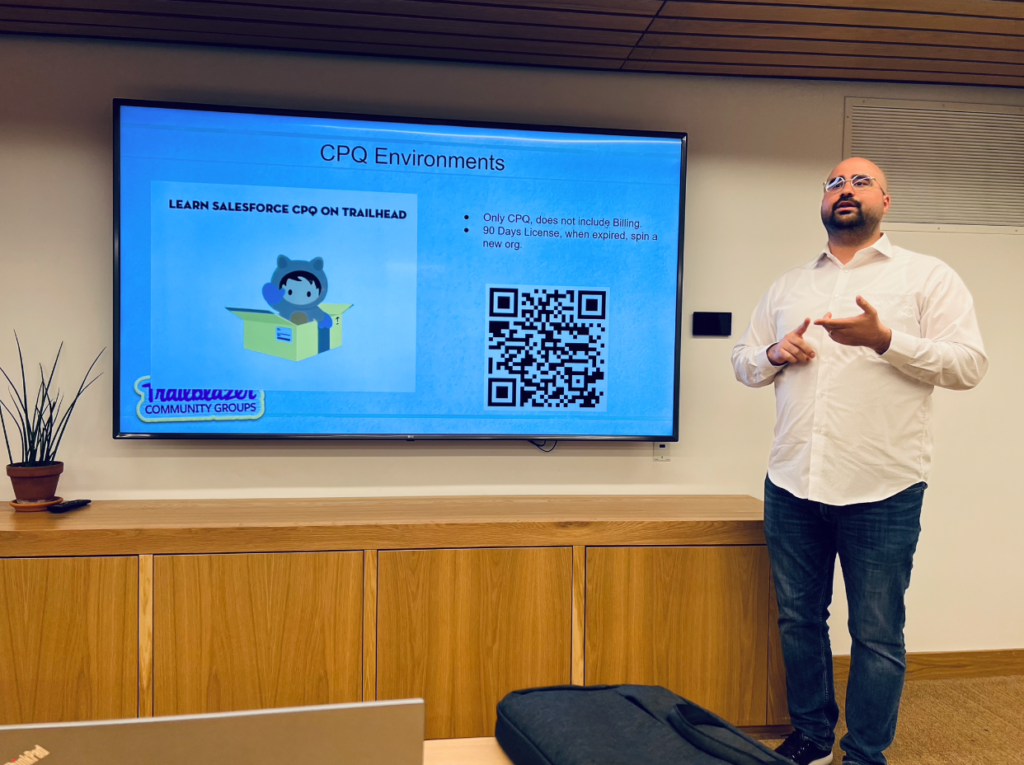
Our Salesforce Partner Summit and World Tour Experience

Our Salesforce Partner Summit and World Tour Experience
Our Participation Overview
At Klient, we are committed to staying at the forefront of innovation and industry advancements. In this blog entry, we are thrilled to share our CEO’s, Yanick Abraham, exhilarating experience at the last Salesforce Partner Summit and World Tour that took place last week in New York. Join us as we delve into the highlights of our team’s participation, showcasing our dedication to operational excellence in the Salesforce ecosystem.

Klient CEO, Yanick Abraham, and TruSummit Solutions CEO, Jordan Joltes, connecting at the last Salesforce Partner Summit in NYC.
Embracing Innovation
The Salesforce Partner Summit and World Tour in New York served as a pivotal platform to immerse ourselves in the latest technological breakthroughs shaping our ecosystem. From cutting-edge solutions to forward-thinking strategies, the event provided a comprehensive overview of advancement in big AI, data, and CRM:
- GA Today: Einstein Copilot
- Zero Copy Partner Network
- Slack AI + Slack Sales Elevate for Leaders
- Salesblazer & Serviceblazer Communities
Get up-to-speed on the announcements here.
Collaborative Engagement
Our team actively engaged in collaborative sessions, fostering meaningful connections with industry peers and thought leaders. Through insightful discussions and networking opportunities, we solidified our position as frontrunners in driving digital transformation through PSA technology and operational innovation.
Empowering Insights
The summit and world tour offered a wealth of empowering insights, equipping us with invaluable knowledge to propel our clients towards success. From keynote speeches to interactive workshops, every moment was brimming with inspiration and actionable takeaways.
Key Takeaways
Harnessing the Power of Salesforce
As avid proponents of Salesforce, we were thrilled to explore the latest advancements in the platform. From AI-driven solutions to the ability for cloud based systems to communicate as one without physically moving the data (Zero Copy Integration), Salesforce continues to revolutionize the way businesses connect with their customers.
Navigating Digital Disruption
In an era defined by digital disruption, adaptability and deep industry expertise is key to staying ahead in the consulting game. Our experience at the summit and numerous discussions with partners reaffirmed the importance of automating operations to control growth and shift towards revenue generating activities.
Driving Tangible Results
With a renewed focus on automation-driven strategies and Partner-centric approaches, we are poised to drive tangible results for our ecosystem. The insights gained from our trip empower us to create bespoke solutions that resonate with Salesforce Partners looking to deliver measurable impact and added value in consultative problem solving.
In conclusion, our participation in the last Salesforce Partner Summit and World Tour in New York was a resounding success, underscoring our unwavering commitment to Salesforce Partners success and innovation. As we continue to leverage the latest advancements in technology and industry trends in this exciting and human-driven ecosystem, we remain steadfast in our mission to empower Salesforce Partners and Professional Services firms deliver successful projects every time!


You liked this Klient Tip? Share it with your team!
Discover more articles from Klient

Replace all your tools with Klient, Salesforce #1 PSA platform
Run your entire SaaS and consulting business on a single professional service automation platform native to Salesforce!









